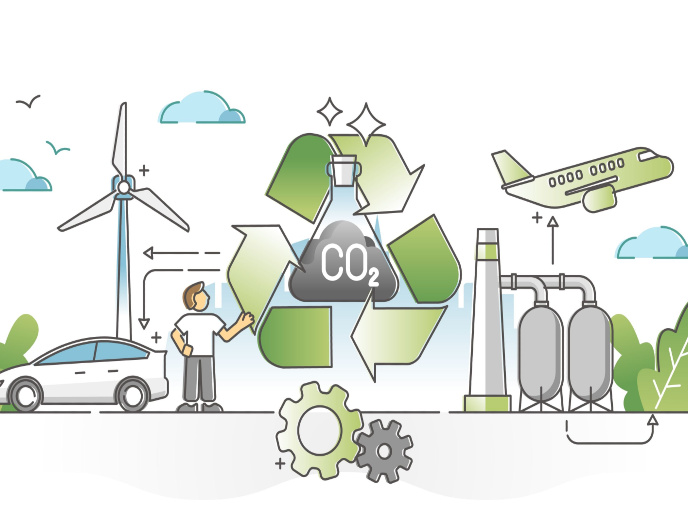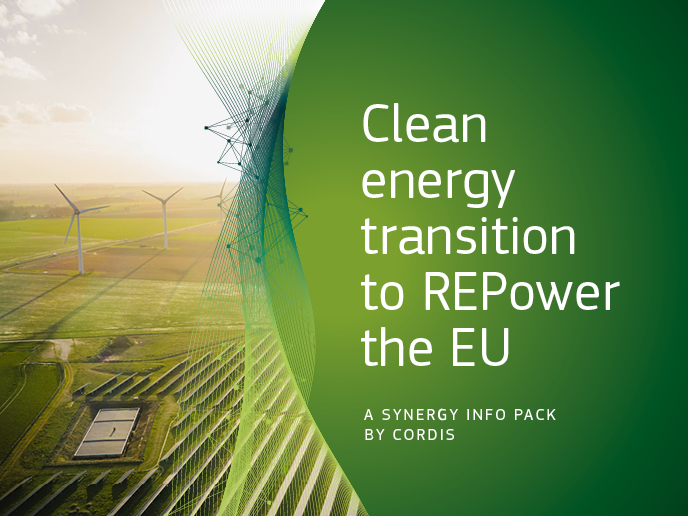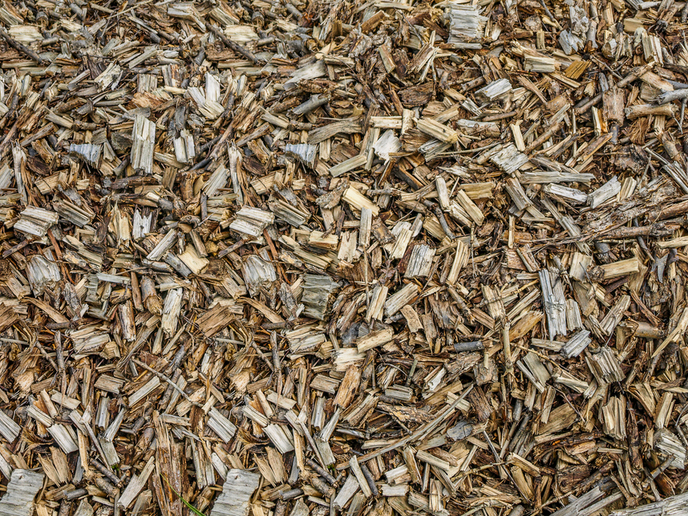CO2 to organic acids: capturing value for a circular economy
As the battle against climate change continues, sustainable biotechnology can offer innovative solutions. The EU-funded VIVALDI(opens in new window) project has achieved a remarkable breakthrough in the sector, successfully transforming carbon dioxide emissions from bio-based industries into valuable organic acids. A consortium of 16 partners developed an integrated solution that captures CO2 from real industrial emissions and converts it into four high-value organic acids: lactic, succinic, itaconic and 3-hydroxypropionic acid. These chemicals can re-enter the production process of biorefineries or serve as essential building blocks for biomaterials used in industries such as pharmaceuticals, food and animal feed, representing a significant step towards a circular economy. “VIVALDI’s holistic approach ensures an efficient and sustainable pathway, turning what was once a waste product (CO2) into marketable, added-value organic acids,” states Albert Guisasola, VIVALDI project coordinator.
From CO2 capture to fermentation
The project’s success lies in its comprehensive approach, which combined multiple methodologies into a seamless process and tests them using actual emissions from four bio-based industries. The journey begins with an MDEA-based(opens in new window) CO2 capture system, enhanced with carbonic anhydrase enzymes to improve the absorption rate. “The energy and costs for CO2 capture have been reduced by up to 25 %, and the process has been validated using a real CO2 stream from a tall oil company which initially contained less than 13 % of carbon dioxide,” affirms Guisasola. The captured CO2 is then electrochemically reduced to formic acid or methanol, which serve as building blocks for the next stage. Here, genetically engineered strains of Komagataella phaffii yeast transform these compounds into the target organic acids through fermentation. To make this technique even more sustainable, nutrients needed for fermentation were recovered from industrial wastewater using bioelectrochemical systems. Each step was assessed at lab or pilot scale. For instance, CO2 electroreduction to formic acid was tested using different cathode materials, such as tin and bismuth, over an extended period. VIVALDI demonstrated the solution’s potential for industrial-scale production, achieving high output rates: up to 100 grams per litre of succinic acid, 80 grams per litre of itaconic acid and a significant improvement in 3-hydroxypropionic acid yields when formic acid was present.
Putting bio-based innovation to the test
Industrial partners verified the project’s bio-produced organic acids, which are crucial components in materials for pharmaceuticals, food production, plastics and animal feed. The bioplastics company Novamont(opens in new window) successfully used the bio-produced succinic acid to create novel biopolymers suitable for injection moulding and foaming applications. These new materials matched the mechanical properties of conventional plastics, while offering improved recyclability and foaming performance. The bio-produced lactic acid was tested as a growth promoter for livestock, meeting all safety standards and showing effective antimicrobial properties for animal feed applications. However, compared to conventional lactic acid, it has a lower active ingredient concentration and sodium-based form that may affect performance, requiring formulation adjustments. Despite these conditions, it shows promise for commercial use, provided that practical and economic factors are addressed. VIVALDI has advanced from initial research stages to technology readiness level 5 to 6, with some components ready for pre-industrial pilot studies. The next phase is to find industry partners to lead final trials and bring the solution to market across Europe.







